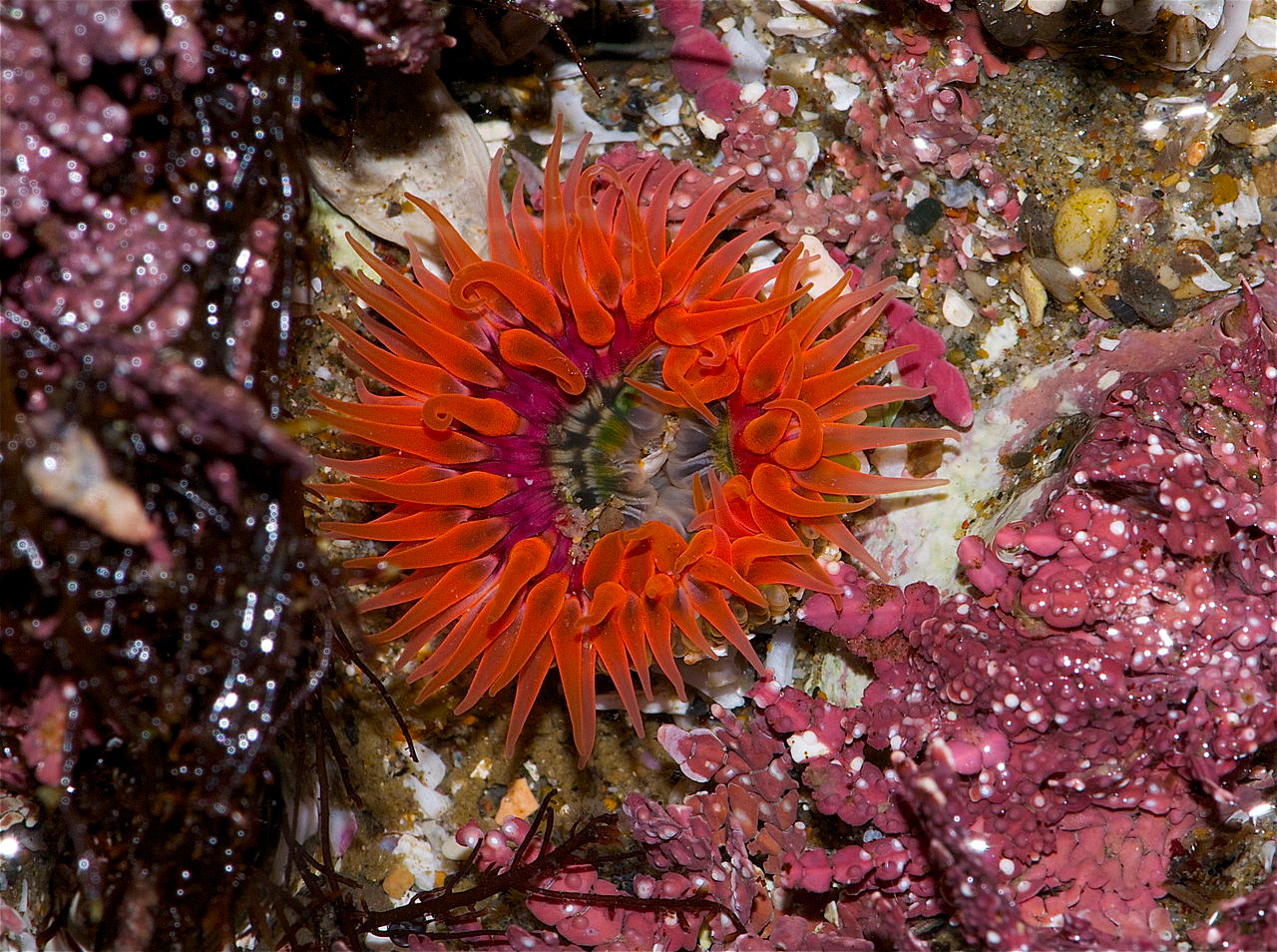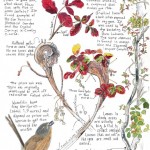It’s easy to forget how much of the Bay Area was once a working landscape. Row crops, orchards, and pastures held sway in places now covered by freeways and houses. But a surprising amount of that working land endures in our parks and preserves. In the East Bay, ranchers still run cattle on thousands of acres of land, both public and private. And in a few places, thanks to the East Bay Regional Park District, kids and adults can learn firsthand about skills people once took for granted: how to plant a seed, plow a field, grind grain into flour, or spin wool into yarn.
-150x150.jpg)


-150x150.jpg)
-150x150.jpg)
-150x150.jpg)
-150x150.jpg)

-150x150.jpg)

-150x150.jpg)
-150x150.jpg)